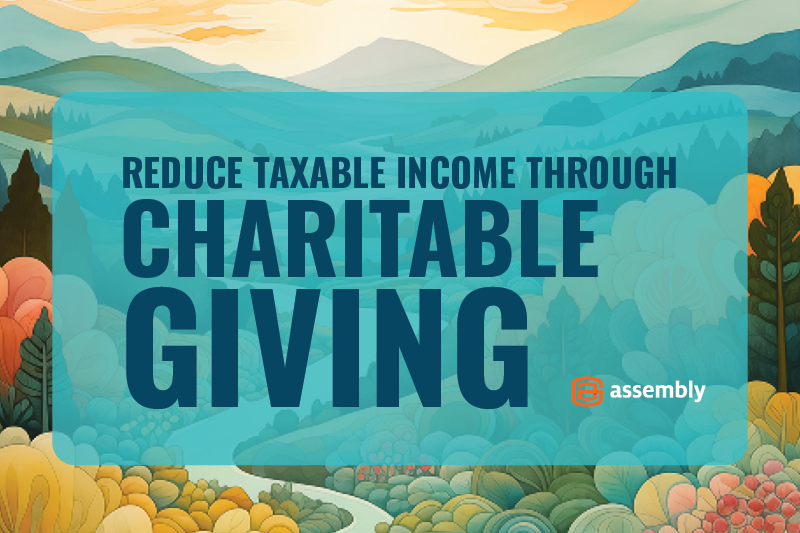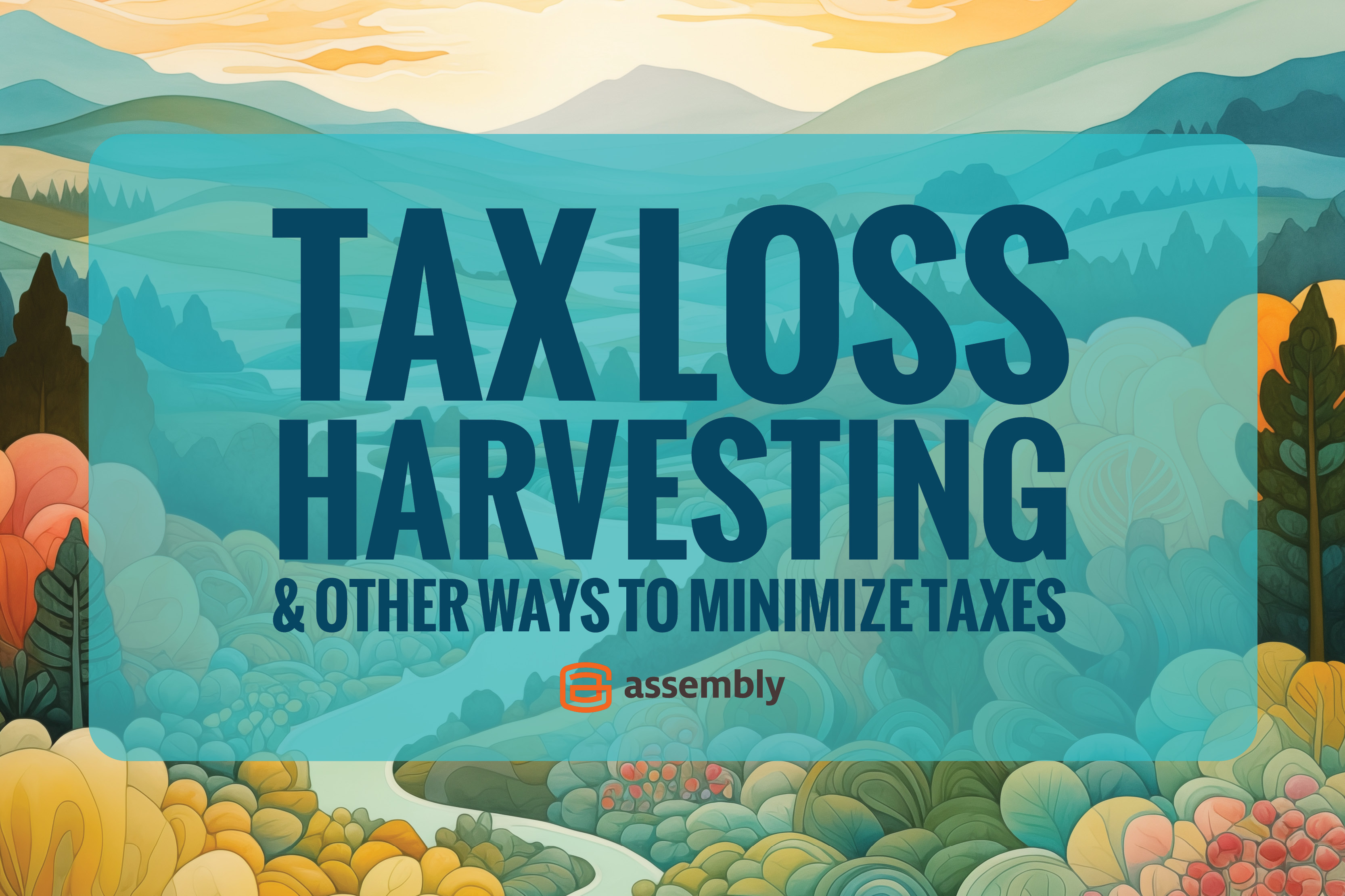Tax Loss Harvesting and 5 Other Ways to Minimize Taxes
There’s no such thing as a one-size-fits-all financial strategy. A solution that works for someone with a diverse portfolio won’t be a good fit for...

Charitable donations are an effective way to reduce your taxable income while also giving back to your community. According to a recent survey, 64 percent of donations come from individuals versus foundations or corporations.
In this article, we’ll explain three common ways to donate to charity and the tax benefits of each method. We’ll also describe three lesser-known options and answer some frequently asked questions.
Below are common ways to reduce your adjusted gross income (AGI) through charitable giving:
Each of these options provide different tax benefits. A wealth management advisor can help you make an informed decision about the most appropriate asset to give.
Here in the Bay Area, we’ve helped clients minimize capital gains taxes and give back to the community by creating a donor-advised fund.
Generally speaking, you can write off up to 60% of your adjusted gross income through charitable giving and itemizing your deductions. In some cases, 20%, 30%, or 50% limits may apply. In California, the limit is 50%. Consult a tax professional to find out what limit applies to your financial situation.
There are other ways to minimize your tax liability besides the options listed above. Qualified charitable distributions (QCDs), donor-advised funds and charitable remainder trusts are some lesser-known options.
A QCD is direct transfer from an individual retirement account (IRA) to a qualified charity. The distributions from a QCD do not increase your taxable income.
Each year, an IRA owner age 70½ or over can make up to $105,000 in qualified charitable distributions. Previously, QCDs were capped at $100,000 per year, but the QCD limit is now indexed to inflation and the limit has increased from $100,000 to $105,000 for 2024. Married couples filing jointly can make a maximum QCD of $210,000 per year if both spouses are 70½ or over and have separate IRAs.
Qualified taxpayers who are 73 or older may make QCDs in lieu of taking required minimum distributions (RMDs). Because the payments go directly to a qualified charity, the distribution does not count toward the taxpayer’s adjusted gross income. For retirement-age individuals who want to avoid being pushed into a higher tax bracket, QCDs are an excellent way to minimize AGI while supporting one or more charitable organizations.
As mentioned above, QCDs are a good way to make a large charitable donation, but they aren’t deductible on a Schedule A. QCDs are an available option to any eligible taxpayer age 70½ or older regardless of whether or not the taxpayer itemizes deductions.
Good to know:
If you’re 70½ or older and have an IRA, you can make a qualified charitable distribution of up to $105,000 directly to a qualified charity. For some people, QCDs are “better” than donating cash because the gift can be much larger.
As mentioned above, charitable donation deductions are limited to 20-60% of adjusted gross income (AGI), but this rule doesn’t apply to QCDs. Additionally, qualified taxpayers who are at least 73 years old may make QCDs in lieu of taking required minimum distributions (RMDs).
Always consult a tax professional. QCDs aren’t the best choice for everyone. In some situations, transferring appreciated securities may provide a more significant tax benefit than making a QCD.
Individuals and families in a high tax bracket can reduce their taxable income by establishing a donor-advised fund. As the name suggests, cash or securities are donated to a qualified charity, but the donor (or their representative) guides the distribution of funds and the investments. You can support multiple charities and donate a variety of long-term appreciated assets including:
The donor will be eligible for an immediate tax deduction and the assets in the donor advised fund can grow tax-free over time.
A charitable remainder trust is an alternative to creating a donor-advised fund. It delays payments to the charitable organization and enables the donor, their spouse or other designated beneficiary to receive payments for life — or up to 20 years. After the period ends or the beneficiary passes away, one or more charitable organizations specified by the donor receives the assets remaining in the trust.
**Assembly is neither an attorney nor accountant, and no portion of this content should be interpreted as legal, accounting or tax advice. Individuals should consult with an investment professional, or an attorney or tax professional regarding their specific investment, legal or tax situation.
Contact us to schedule a 15-minute conversation to learn more about tax-efficient giving.
Fill out the form to be notified about new articles.

There’s no such thing as a one-size-fits-all financial strategy. A solution that works for someone with a diverse portfolio won’t be a good fit for...

An estate plan can guide distribution of your assets after you're gone. But gifting money to family and donating to charity while you’re still alive...

When we talk with clients about saving and investing for the future, the conversation usually steers toward retirement planning – IRAs, 401(k)s,...